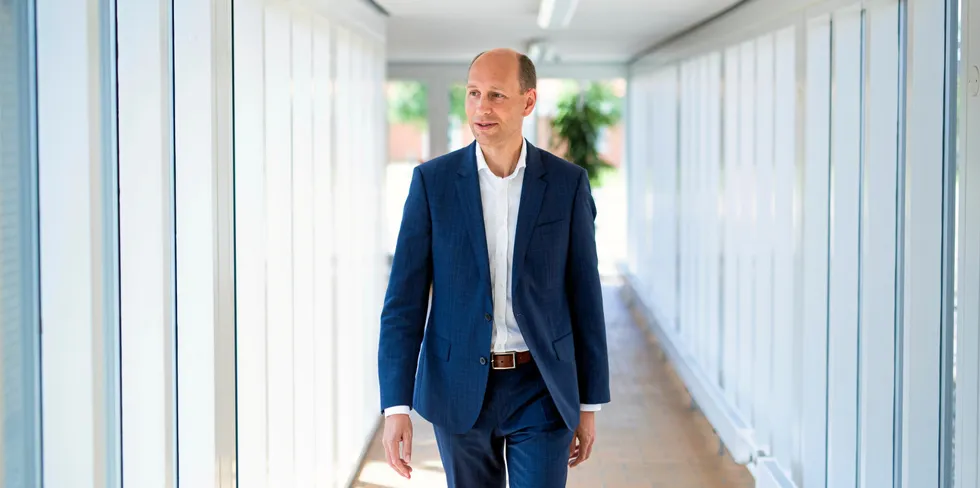E-fuels to create 'new energy landscape in Europe': Orsted power-to-x chief
INTERVIEW | Anders Nordstrom says Scandinavian countries, UK and Netherlands could export 'surplus' output to heavily industrialised nations with less space for green power

INTERVIEW | Anders Nordstrom says Scandinavian countries, UK and Netherlands could export 'surplus' output to heavily industrialised nations with less space for green power
